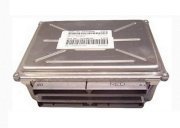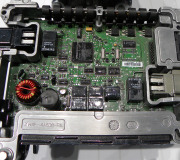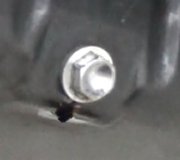For example, 10,000 miles ago the valvetronic ECU on my car developed a fault. I went online (including various BMW owner forums) to see if I could use the ECU from my donor vehicle. Some said that I couldn't, as the valvetronic ECU was 'married' to the vehicle and the DME control unit (main ECU) wouldn't recognize it. Others said that there should be no problem if the donor vehicle was identical. As my vehicle was permanently in 'limp home' mode I decided I had nothing to lose and installed the Valvetronic ECU from my donor vehicle (I also swapped the Integrated Supply Module for good measure).
Hey presto! Fault cured and vehicle running fine. So my question is this. Which ECUs are 'married' to my vehicle and which aren't? (I now know that Valvetronic ECUs can be used from identical vehicles without any programming issues).
I assume the main DME ECU which stores all of the vehicle's electronic data, is married to the vehicle and only a new unit programmed by a BMW dealer can be used, but what about other ECUs?
I want to use the transmission (ZF 6HP 26/1) from my donor vehicle but what about the transmission ECU? ZF themselves (and most transmission specialists) say that there shouldn't be a problem if the donor vehicle is identical. Others say use the original ECU or a new programmed ECU(very expensive) to be safe. Who is right?
And what about the various other ECUs? At the moment, I also have a problem with the Safety Restraint/Airbag system. I haven't had the problem diagnosed yet. It may not be the Airbag ECU but if it were, could I use the ECU from my donor vehicle? And what about the other various sensors and switches in the safety restraint system?
Help! I have owned this vehicle (my first BMW) for just 1 year and it has suffered a multitude of electronic problems. The onboard fault notification lights up more often than the headlights! (Should have got a Lexus. Japanese electronics never go wrong!)
SPONSORED LINKS
Wednesday, December 21st, 2011 AT 12:51 PM




